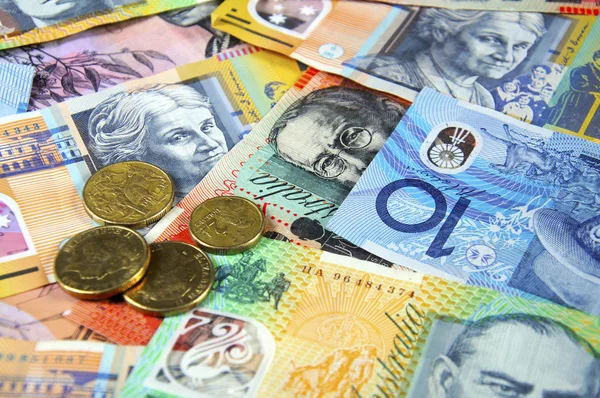Australian Dollar under heavy selling pressure following the release of a weaker domestic GDP print.
Australian Dollar (AUD) has fallen to its lowest level since August against the US dollar, amid expectations that slower domestic growth will put pressure on the Reserve Bank of Australia (RBA) to cut interest rates in early 2025.
China’s economic woes, combined with fears of a US-China trade war, are undermining the China-proxy Australian dollar.
A private survey revealed that China’s services sector expanded slower than expected in November. This, along with new US export restrictions on China, raises concerns about China’s fragile Economic recovery and US President-elect Donald Trump’s impending tariffs appear to be key factors weighing heavily on the China-proxy Australian dollar.
The USD bulls appear hesitant ahead of Powell’s speech, which fails to benefit the AUDUSD.
The modest US Dollar (USD) increase, aided by expectations of a less dovish Federal Reserve (Fed), contributes to the Australian Dollar(AUDUSD) pair’s sharp intraday decline. Meanwhile, USD bulls appear hesitant to place aggressive bets ahead of Fed Chair Jerome Powell’s speech, which will be watch for additional clues about the future rate-cut path. Even a positive tone in the equity markets does not alleviate the bearish pressure on the risk-sensitive Aussie. As a result, the currency pair expected to depreciate further in the near term.
Daily Market Update:Australian dollar adds to weaker domestic GDP-inspired slump amid bets on an early RBA rate cut.
Australian Dollar (AUD) has fallen to its lowest level since August against the US dollar.
The Australian Bureau of Statistics (ABS) reported on Wednesday that the economy grew by 0.3% in the third quarter and 0.8% year on year, missing expectations of 0.4% and 1.1%, respectively.
In response to the critical economic report, Australia’s Treasurer Jim Chalmers stated that the national accounts show positive but weak GDP growth, and that the increase in real disposable income is encouraging.
The markets reacted quickly, fully pricing in a rate cut by the Reserve Bank of Australia (RBA) next April. Furthermore, Refinitiv interest rate probabilities predict a 35 basis point easing in May, up from 28 basis points previously.
The most recent Caixin data showed that China’s Services Purchasing Managers’ Index (PMI) fell to 51.5 in November from 52.0 in October, raising concerns about a fragile recovery in the world’s second-largest economy.
The United States announced a new set of export controls to limit China’s technological advancements, including the sale of critical semiconductor manufacturing equipment and high-bandwidth computer memory to the country.
US President-elect Donald Trump threatened a 100% tariff on BRICS countries (Brazil, Russia, India, China, and South Africa).
This comes after US President-elect Donald Trump threatened a 100% tariff on BRICS countries (Brazil, Russia, India, China, and South Africa) if they undermine the US dollar by creating or supporting alternative currencies.
According to the US Job Openings and Labor Turnover Survey (JOLTS) data released on Tuesday, there were 7.74 million job openings on the last business day of October, up from 7.37 million the previous month.
The data reduces fears of a significant slowdown in the US labor market and may force the Federal Reserve to be cautious about cutting interest rates as Trump’s expansionary policies are expected to raise inflation.
US Treasury bond yields rose in response to the positive data, but failed to impress US Dollar bulls, as markets continue to price in a higher chance that the Fed will lower borrowing costs again in December.
Mary Daly, President of the San Francisco Fed, stated that the US economy is in excellent shape, and that the labor market is in balance and not causing inflation. Daly added that a December rate cut is not out of the question.
Adrianna Kugler, a Board of Governors member, reiterated that the progress on inflation in the US labor market and may force the Federal Reserve to be cautious about cutting interest rates as Trump’s expansionary policies are expected to raise inflation.
US Treasury bond yields rose in response to the positive data.
US Treasury bond yields rose in response to the positive data, but failed to impress US Dollar bulls, as markets continue to price in a higher chance that the Fed will lower borrowing costs again in December.
Mary Daly, President of the San Francisco Fed, stated that the US economy is in excellent shape, and that the labor market is in balance and not causing inflation. Daly added that a December rate cut is not out of the question.
Adrianna Kugler, a Board of Governors member, reiterated that the progress on inflation









